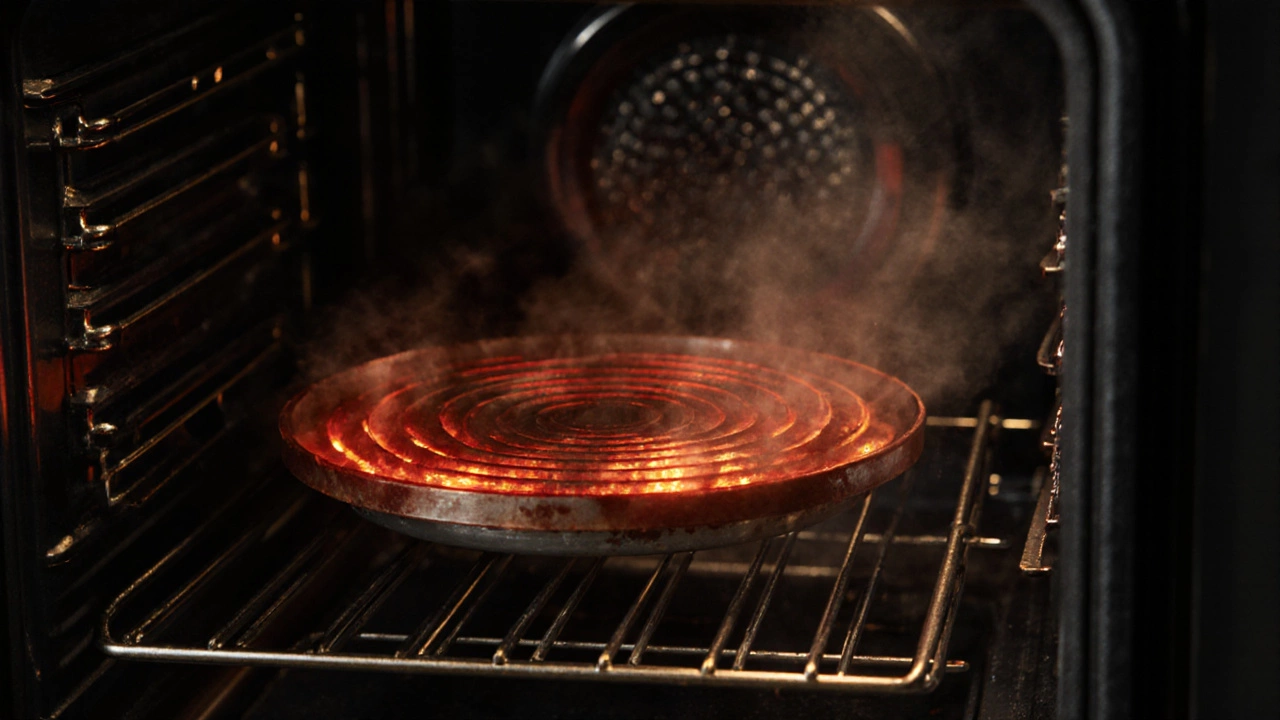When your oven refuses to heat up, the problem often comes down to one simple part: the oven element, a heating coil inside the oven that generates heat when electricity passes through it. Also known as a bake element, it’s the main source of heat for baking and roasting. Without it working, your oven is just a warm box with a light on. Most people don’t think about this part until it stops working—and then they’re left wondering if it’s worth fixing or if they need a whole new oven.
The oven element, a heating coil inside the oven that generates heat when electricity passes through it. Also known as a bake element, it’s the main source of heat for baking and roasting. Without it working, your oven is just a warm box with a light on. isn’t complicated, but it’s under constant stress. Every time you turn on the oven, the element heats up to over 500°F, then cools down when the cycle ends. That repeated expansion and contraction eventually wears it out. Signs it’s failing? Visible cracks, blistering, or sections that glow unevenly—or not at all. If the oven heats unevenly, takes forever to preheat, or only works on broil (which uses a different element), the bake element is likely the issue.
It’s not just the element itself that can cause problems. The oven control board, the electronic brain that sends power to the heating elements. Also known as a oven timer or main control, it can fail and stop sending electricity even if the element is fine. Or maybe the thermostat, the sensor that tells the oven when to turn the element on and off. Also known as a temperature probe, it can give wrong readings and make the oven think it’s hot when it’s not. That’s why a simple diagnosis matters. You don’t want to spend money replacing the element if the real problem is a faulty thermostat or a broken wire connection.
Replacing the oven element is one of the most common repairs we do in Taunton. It’s usually quick, affordable, and doesn’t require replacing the whole oven. Most elements cost under £50, and labor takes less than an hour. DIY is possible if you’re comfortable turning off the power and unplugging the oven, but a mistake here can leave you with no heat—or worse, a safety hazard. That’s why so many homeowners call in a pro: they want to fix it right the first time.
And if you’ve noticed your oven isn’t heating at all, or only heats on broil, you’re not alone. These are the top two complaints we hear. The good news? In most cases, it’s not a sign your oven is dying. It’s just one part that’s worn out. Fixing it means you keep using your oven for years longer, save money on a new appliance, and avoid the hassle of installation.
Below, you’ll find real guides from people who’ve been there—how to test the element, what the repair actually costs, when to skip DIY, and how to tell if your oven’s control board is the real problem. No fluff. Just clear, step-by-step help to get your oven working again.
Posted by
Orin Trask
0 Comments

Learn how to tell if your oven element is blown with simple visual checks, sound tests, and a multimeter. Save money by fixing it yourself instead of calling a technician.
read more